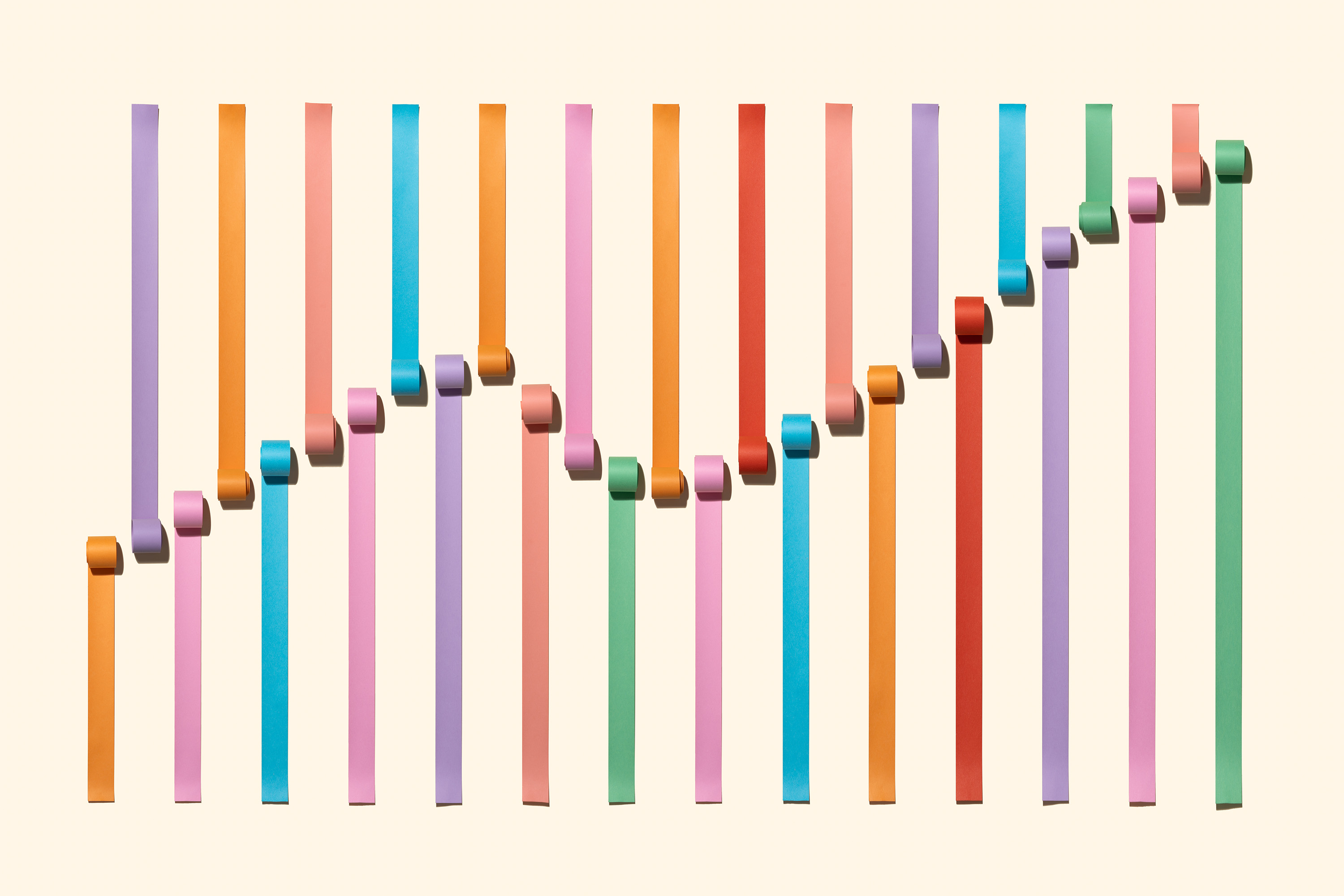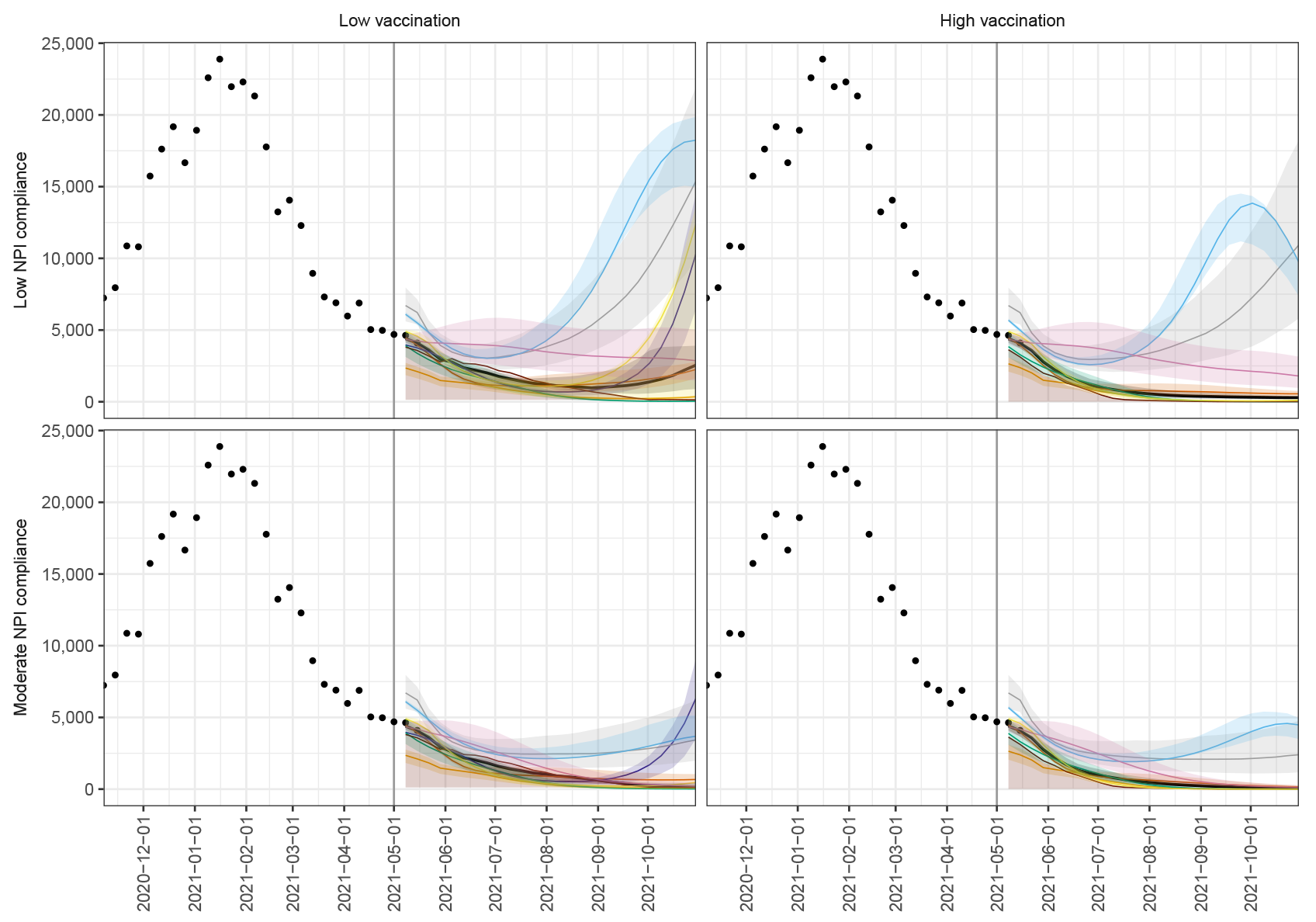The following article was originally published by our sister site, Big Think Edge.
Business leaders know they must prepare for technological upheavals
in the years ahead. But keeping up-to-date on new technologies—to say
nothing of understanding their complexities and forecasting those
shifts—is an overwhelming task.
To help organizations find their footing, the CompTIA Emerging Technology Community releases an annual list of the top 10 emerging technologies.
What makes this list special is that it focuses on "which emerging
technologies have the most potential for near-term business impact."
Here are CompTIA's picks along with a quick encapsulation of each technology and some potential business use cases.
Artificial Intelligence
The holy grail of artificial intelligence research is general AI, a machine that is self-aware and commands intelligence equal to a person's. These theoretical systems would be our intellectual equals—well, until v2.0 drops and we fall to a distant second.
Until
then we have narrow AI, which are systems that perform very specific
tasks. That may seem too limited, but narrow AI already powers systems
like SPAM filters, Google Maps, and virtual assistants such as Siri. And
its use cases are projected to diversify even more.
As Max Tegmark, physicist and machine-learning researcher, told Big Think in an interview:
"What we're seeing now is that machine intelligence is spreading out a
little bit from those narrow peaks and getting a bit broader."
Chatbots,
logistics, self-driving cars, virtual nursing assistants, personalized
textbooks and tutors, and even artificial creativity: These are just a
few of the applications that narrow AI can improve or bring to light in
the coming years.
5G and the Internet of Things
5G may not seem very exciting. We already have 4G, so what's another G? But the difference will be exponential. 5G networks may ultimately be 100 times faster than 4G, allowing many more devices to connect, reducing latency to practically zero, and providing more reliable signals.
This
wireless technology will provide the backbone for the internet of
things (IoT), which will expand the power of the internet beyond
computers and across a wide range of objects, processes, and
environments. The IoT is the keystone technology for such futuristic
scenes as smart cities, robot-driven agriculture, and self-driving
highway systems.
For businesses, this one-two combo will continue recent trends and power them to the next level. Remote offices become more dependable under the 5G paradigm,
and real-time data sharing of, say, live events or desktop captures
will be seamless. As for the IoT, it helps remove intermediate steps
that bog down productivity. Why have someone waste their time collecting
data from the factory floor when the factory floor can collect, curate,
and send it to them?
Serverless Computing
Serverless
computing isn't truly "serverless." Sans tapping into some seriously
dark arts, it's impossible to provide computational resources without a
physical server somewhere. Instead, this technology distributes those
resources more effectively. When an application is not in use, no
resources are allocated. When they are needed, the computing power
auto-scales.
This technological shift means companies no longer
need to worry over infrastructure or reserving bandwidth, which in turn
promises the golden ticket of ease of use and cost savings.
As Eric Knorr, editor in chief of International Data Group Enterprise, writes:
"One of the beauties of this architecture is that you get charged by
the cloud provider only when a service runs. You don't need to pay for
idle capacity—or even think about capacity. Basically, the runtime sits
idle waiting for an event to occur, whereupon the appropriate function
gets swapped into the runtime and executes. So you can build out a big,
complex application without incurring charges for anything until
execution occurs."
Biometrics
Biometrics
allows a system to recognize users by biological markers such as their
face, voice, or fingerprint. Many people already have one or several of
these on their laptops and smartphones, but as the technology improves
and becomes more ubiquitous, it may finally end the password paradigm.
Because
most people have inefficient passwords, use the same one for every
account, and never change them, hackers typically need only one hit to
enjoy carte blanche over someone's personal and professional data. Even
those who do passwords correctly can find managing the system a
nightmare.
For these reasons, biometrics promises much-needed
security of sensitive data. A fingerprint is much more difficult to hack
with raw computational power than a password, and that difficulty is
increased by magnitudes when multiple markers are used in tandem.
Augmented/Virtual Reality
With
hardware costs lowering, processing power increasing, and high-profile
players such as Google and Facebook entering the game, virtual reality's
day may have finally come. And the more widespread acceptance of
augmented reality apps in smartphones may make such technologies an
easier sell moving forward.
The recently announced Microsoft Mesh
and its competitors hope to capitalize on our new remote-work era. The
concept combines these "mixed-reality" technologies to create virtual
shared spaces that business teams can use to hold meetings or work on
projects.
And Peter Diamandis,
chairman and CEO of the XPRIZE Foundation, imagines this technology can
revolutionize the customer experience in retail. Customers could, for
example, try clothes on a virtual avatar or sit in their amphitheater
seats before making a purchase.
Blockchain
It may be surprising that Bitcoin, the much-hyped cryptocurrency,
didn't make the list. But the technology's online ledger, the
blockchain, has supplanted the digital denomination as the rising
business star.
Unlike traditional, centralized records, a
blockchain is decentralized. The permanent record is not stored in one
location but exists on nodes spread across the system. This design makes
it difficult to lose records or tamper with them.
As tech entrepreneur Elad Gil told Big Think in an interview:
"[Blockchain] systems are effectively censorship proof or seizure
resistant. In other words, the government can't come and take your asset
if you're in a country that has very bad governance, or it means that
no third party can suddenly, accidentally erase your data, or you can't
hack a third party to access your data (although obviously, you can
still hack a blockchain)."
This is why blockchain has caught the
attention of organizations that need to store records (i.e., all
organizations). And the potential use cases are impressive. Blockchain
could be used by hospitals to store and share health records. It could
underpin a secure online voting platform. It could track logistics
across international supply chains. And, of course, there are numerous
applications for cybersecurity, too.
Robotics
The first industrial robot
punched the clock in 1962. Technological advancements have steadily
widened robotics' workforce representation since, and in the coming
years, robots will continue moving from factories to First Street to
perform rudimentary tasks such as cleaning and delivery.
Such advancements have kept the Luddite fires burning for more than a century now, so one challenge faced by organization leaders will be reassuring their teams that the robots aren't here to replace them. In fact, as more people move into soft-skilled, human-focused jobs, they'll likely find the transition a beneficial one.
"Introducing
robots into a workplace can be a complex and dynamic undertaking. While
it may start with workers feeling like their jobs are being threatened,
the end result is a warehouse full of happier, healthier humans who
remain the centerpiece of a competitive business," writes Melonee Wise,
CEO of Fetch Robotics, for the World Economic Forum.
Natural Language Processing
Natural
language processing is a subfield of AI that aims to develop systems
that can analyze and communicate through human language. Sound easy? If
so, it's only because you're reading these words with a mind endowed by
evolution with the gift of language.
Algorithms aren't so lucky.
They have trouble parsing the eclectic hodgepodge of symbols, gestures,
sounds, and cultural cues that we use to express meaning and ideas.
"There's
an obvious problem with applying deep learning to language. It's that
words are arbitrary symbols, and as such they are fundamentally
different from imagery. Two words can be similar in meaning while
containing completely different letters, for instance; and the same word
can mean various things in different contexts," writes Will Knight for MIT Technology Review.
When
algorithms finally crack language, the business use cases will be
substantial. Think chatbots, virtual editors, market analysis, instant
translation of live conversations, resume readers, and phone
auto-attendants that don't send every caller into a rage.
Quantum Computing
Quantum computing
is "the exploitation of collective properties of quantum states, such
as superposition and entanglement, to perform computation." Translation:
It solves problems faster and more accurately—in some cases, ones that
stump even modern supercomputers.
While we shouldn't expect the quantum PC any time soon, we can expect quantum computers to become the backbone for the emerging technologies
listed above. These machines already exist today, and IBM has announced
plans to build a 1,000 qubit version by 2023, a milestone physicist Jay Gambetta told Science would reflect an "inflection point."
Adoption
of this technology could make big data more manageable. It could cut
costly and complex development time through speedy simulations and solve
multivariable optimization problems with ease. Finally, it may make
currently intractable problems manageable, such as those faced in the
processing of natural language.
Quantum
computing also illustrates why it's important that organizational
leaders don't develop tunnel vision. To focus on one emerging technology
or one model of the future is to risk your company's well-being. It's
not a question of which technology will dominate, but the potentials
each technology brings and how they may work together.
"The
innovation that will be delivered by these technologies, especially as I
said, when they're leveraged in tandem, will be staggering over the
next few years and will enable customer solutions that will actually
have paradigm shifting impact for those that act on them," Mike Haines,
chair of the Emerging Technology Community's executive council, said on the CompTIA Biz Tech podcast.
Navigating
these technological shifts will certainly challenge business leaders
for years to come. But by keeping an open mind to the possibilities,
they can chart a path that predicts dangers and capitalize on these
emerging technologies.
Make innovation central to your organizational culture with lessons 'For Business'
from Big Think Edge. At Edge, more than 350 experts, academics, and
entrepreneurs come together to teach essential skills in career
development and lifelong learning. Prepare for the future of work with
lessons such as:
- Make Room for Innovation: A Framework for Creating a Culture of Innovation, with Lisa Bodell, Founder and CEO, Futurethink
- Worrying About the Robo-pocalypse Is a First-World Problem, with Bill Nye, the Science Guy, Mechanical Engineer, and TV Personality
- How to Supercharge Collaboration: The 4 Benefits of Remote Teams, with Erica Dhawan, Collaboration Consultant and Co-Author, Get Big Things Done
- Design for Good: How to Provide Products that Align with Consumer Goals—and Transform the Attention Economy, with Tristan Harris, Former Design Ethicist, Google, and Co-Founder, Center for Humane Technology
- Confront Inefficiencies: Essential Questions for Examining Your Organization in an Honest Way, with Andrew Yang, CEO and Founder, Venture for America
- Earn the Right to Win: Develop and Execute a Competitive Strategy, with Bill McDermott, CEO, ServiceNow, and Author, Winner's Dream
Request a demo today!




